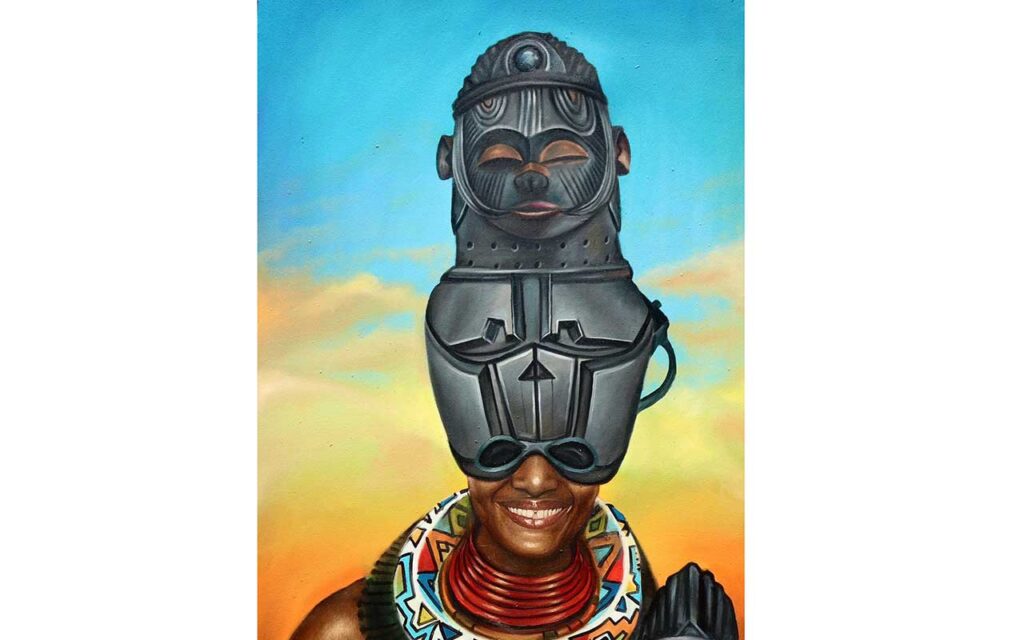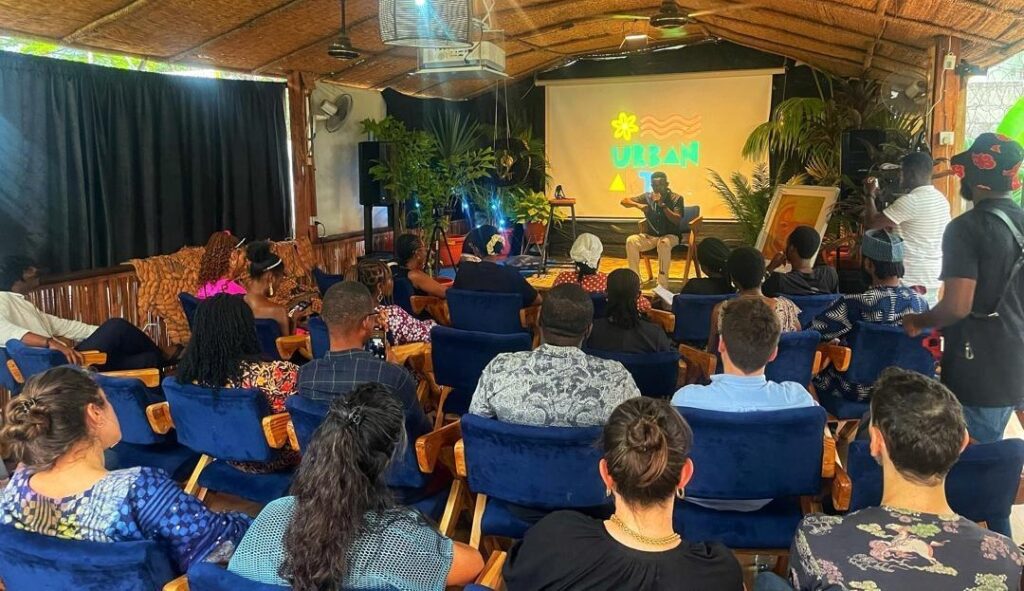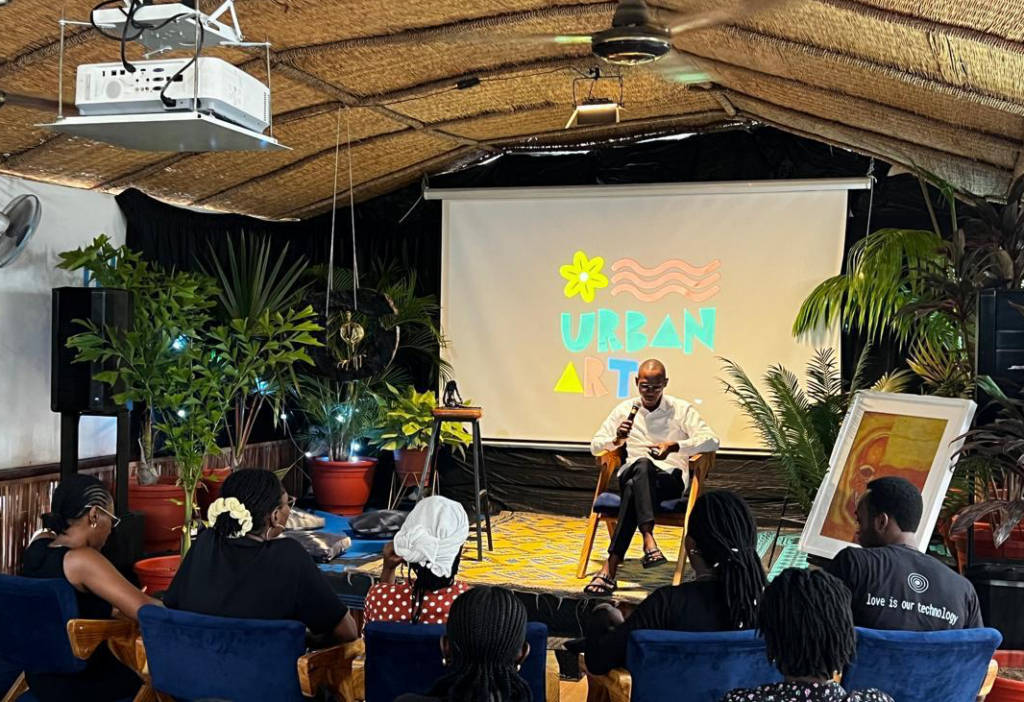
Oma’s story begins with a wedding. It is the happiest day of her life, perhaps the most stressful, but certainly, the joy outweighs the stress. She ties the knot with the love of her life and the journey to forever and a day begins. She and her husband decide to take their time to love each other in the best way possible before introducing another human into the mix. But soon enough, they realise that they need another human to share the warmth of their love with and they try without any success to conceive. Thus begins their journey of infertility.
Most brides, on their wedding day, turn into a bundle of nerves at the break of dawn and Oma is no exception. As she looks at her wedding dress, “a lump formed in her throat and she couldn’t swallow.” She calls it “the last-minute chill” and briefly reflects on the decision she has made. It shouldn’t be presumptuous to infer that this tiny bout of jitters foreshadows what is to come. As the story progresses, Oma recalls, well into her marriage, explicit statements from prophets that consolidate this inference. To assume that the words she heard from one of these prophets, which “caused her heart to sink” makes her question her decision to marry Ikhide on their wedding day will not be far from the truth. A few months into her marriage, she receives a call on a Saturday afternoon and it fuels her decision to eventually “have children running around this place”, but unknown to her, her story is about to get more interesting.
The author spotlights several conditions that some women face from their teenage years into adulthood and dysmenorrhea is one of them. “Oma had dysmenorrhea since she was a teenager. When she had her periods, everyone around her would know because she would be in tears and hardly able to stand or sit up. At times, she was injected with pain relief shots or placed on admission till the worst was over.” It is certainly not rare to find a woman who clamps her lips, grits her teeth and bites her tongue from groaning in pain while menstruating. It is a painful sight to behold. Little wonder childbirth pain has been compared to it. Oma deals with this on a monthly basis and when she begins trying for a baby, this monthly pain becomes an enemy. She also finds an enemy in her husband at some point. One of the things that is barely talked about is the emotional rollercoaster fertility treatments put women through. After every round of failed IVF, Oma is left to stew and wallow in depression, which is understandable. But this causes a rift in their union.
Oma’s story depicts the individual’s journey on earth is marked by the supernatural. Through her brief stint with womb massagers, fake nurses and pastors promising her a baby and even going the length of giving her pregnancy hormonal injections just to make her feel pregnant, God remains a constant in her life. She undergoes deliverance from “spirit husband”, fasts for days without water and prays ceaselessly. But her breakthrough eventually comes in a form she does not even expect. She is aware of the fact that her fellowship with God is what directed her path and that the thoughts He has for her are thoughts of good and not of evil to bring her to a satisfying end. Oma’s experience is a testimony and what testimonies do is that they revive people’s hope. If it can be true for Oma, then it can be true for others.
There are not too few lessons to glean from Oma’s story, but one of them stands out. There is no one way to be a parent. All the options available are valid ways to nurture godly children and Oma’s story makes this explicit. Waiting on God does not mean sitting back and folding your hands while you wait. What it means is doing the work, prayerfully seeking out the best option to go for and trusting God to do His part. Oma’s story exemplifies this and it goes to show how we can be deliberate about our stories.







